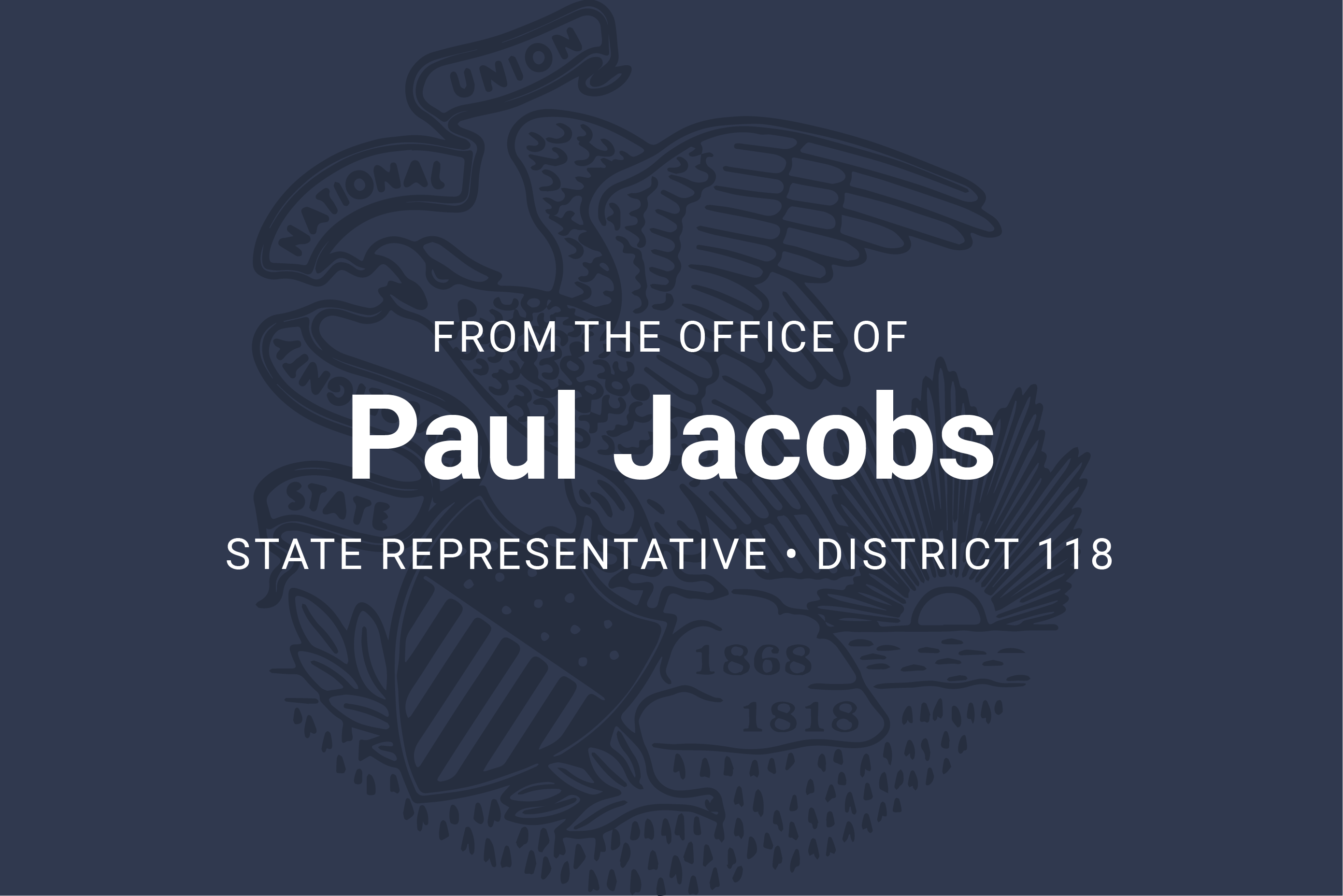Illinois families face growing consumer credit debt

Total consumer debt increased by seven percent from 2021-2022, rising from $15.31 trillion to $16.38 trillion. Auto loans, credit cards, mortgages and personal loans saw the largest increases on a percentage basis. Personal loans increased by 18 percent, and credit card balances grew by 16 percent. Consumer demand for auto loans was abundant, with cars selling for more than their manufacturer’s sticker price. Average car sale prices rose by 9.4 percent from September 2021-2022.
Consumers in the U.S. are racking up credit card debt at all-time levels, with $179.4 billion in new credit card debt added in 2022, including an $84.9 billion increase during the fourth quarter alone. Consumers have started off 2023 by paying down just $24 billion, the second-smallest first quarter credit card pay down in the past decade.
All 50 states and Washington, D.C. experienced increases in average debt balances in 2022. The largest increases in debt from 2021 to 2022 were seen in Idaho (9.3 percent) and Utah (7.8 percent), with the smallest increases reported in Oklahoma (0.5 percent) and Connecticut (0.9 percent). The average consumer debt in Illinois increased by 1.6 percent, from $85,991 to $87,351. People with ‘Good’ or better FICO scores, which comprises more than 35 percent of all U.S. consumers, saw an overall average debt increase by 3.9 percent to $95,067.
The increase in debt levels can be attributed to three key factors, including inflation, interest rates and consumer demand. Inflation grew by eight percent from September 2021-2022, and the Federal Reserve hiked interest rates from 0.25 percent to 4 percent. The worldwide economy largely reopened fully in 2022 after pandemic-related slowdowns in 2020 and 2021. Early indications are that inflation is slowing and consumers are purchasing less in 2023, meaning that debt levels aren’t likely to increase as much this year.
Illinois residents do a little better than the rest of the country at accumulating debt, with an average debt balance of $50,450 for those with credit reports. The national average is $55,810. Illinois ranked 16th in the nation in 2021 for per-capita bankruptcy filings. Other debt statistics for Illinois include: Average Mortgage Debt ($34,500), Average Credit Card Debt ($3,080), Average Student Loan Debt ($6,120), Overall Debt Payments 90 Days Delinquent (1.99%) and Number of Illinois Residents Filing for Bankruptcy in 2021 (20,343).
Residents in Illinois looking for help with debt can find it through banks, credit unions, online lenders and debt relief companies. The five major debt relief options are debt management programs, debt consolidation loans, non-profit debt settlement, traditional for-profit settlement and bankruptcy. The statute for limitations in Illinois, which is the window for a creditor to take a debtor to court to force them to pay, is four years for secured debt, five years for unwritten debt, and 10 years for written debt. Examples of those types of debt are: auto loans are secured debt, credit cards are unwritten debt, and a loan or contract to buy something is written debt. Other tips and strategies can be found here and here.
